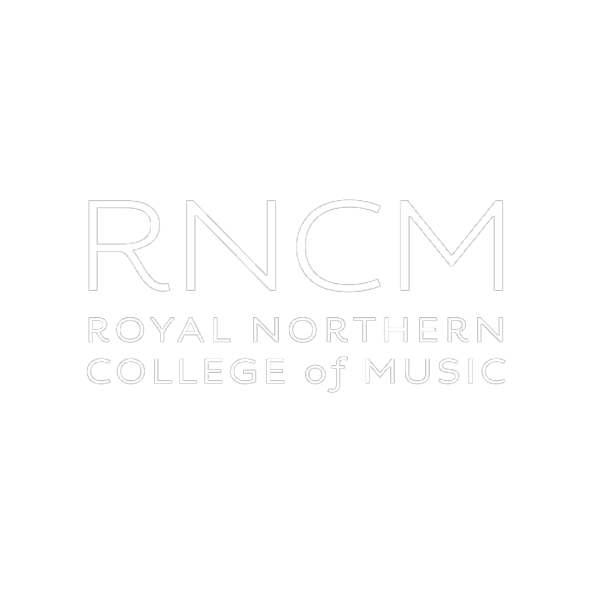You know that thing that always happens when you get stressed? That behaviour you’d rather ignore, but that always crops back up again when things go wrong…? Those things you end up doing that are not usually ‘you’; inactive patterns or behaviours emerging from below the surface at the worst possible times.
When life is ‘normal’ (read: not in the middle of a global pandemic, with all its knock-on stresses and strains) it can be easy to tidy these away – forgetting about them until the next stress comes along. But then…. ‘Boom’! life’s next jolt opens up earth’s crust around you again, and out it all comes. Habitual and reliable, many of us find that the same patterns and behaviours crop up on repeat in times of stress.
In managing and understanding this within myself over the years, I’ve found it helpful to imagine that I am criss-crossed with unseen ‘fault lines’ – created historically but still vulnerable to pressure today. Actual, geological fault lines, Google informs me “are cracks in the surface of the Earth….. Caused by movement between the plates of the Earth’s surface, the fault lines are fractures (or zones of fractures) that allow for natural movement” – but under stress things can go wrong. It is along these fault lines that most of the world’s earthquakes and tsunamis happen.
Whilst earthquakes and tsunamis are the big, ‘blockbuster’ examples of when fault lines go wrong, the slow pressure of a fault line can also cause a creeping change in a direction that may not be of your choosing. An example could be how you manage impulses under stress – does your online shopping suddenly increase? Or perhaps you find your relationship to food changes at times of pressure – suddenly losing your appetite or finding you can’t stop eating? Or maybe your relationships start to change, and you’re aware that you withdraw and become disconnected when those fault lines are opened up?
Of course, all of these examples can start small and seem – in the moment, perhaps – relatively manageable. However, I need no geology training to know that slow, sustained travel in one direction causes lasting effects – it’s how whole continents were formed! – and likewise the danger in the incremental ‘opening-up’ of our fault lines, and the creeping out of our own particular behaviours that lie dormant within in.
Scientists, I gather, avoid dangerous and triggering activity around fault lines in a number of ways. They identify them, they avoid drilling near them or disturbing them, and then they monitor them in order to give warnings. It won’t surprise you to know that I think we can learn from these procedures!
1.Identify your fault line behaviours
The primary task of identification we have already explored a little, but it’s one perhaps worth returning to later. Perhaps think back over times of stress and change and notice what behaviours come to the fore each time. What is it that lies dormant in you that rises up in times of pressure? Once we identify our fault line behaviours, we know what to look out for as times of pressure come around – and, if we are in trusted relationships, we may even be able to let others know what our fault lines are too, so that that others can look for warning signs and help us identify ‘tremors’ before things progress.
2. Avoid triggers (where possible!) and be prepared
Avoiding disturbing the more fragile ground around our ‘fault zone’ can be more challenging, as often life just happens (take 2020-21 as a case study!) Factors beyond our control are often the triggering events that can cause shockwaves through the earth beneath our feet, and before we know it the ground has started to open up and all those familiar old behaviour patterns that we thought we’d left behind are back again. There may be times, situations, people, places where we can proactively decide to steer clear in order to show to awareness of our fault lines, but more often than not we’re caught unawares by life. However, engineering has created multiple approaches to safeguarding against the earthquakes and tremors – designing flexibility into buildings, and installing base isolators at the base of towers. Similarly, there are many ways that we can safeguard (to some extent) against the shock and shakes of life when it comes. This is the place of building in good practices and rhythms now that will hold and see us through the shocks when they come. All the basics – good rest, regular patterns of food and exercise, movement, connection, community and meditation, learning to say ‘no’, gratitude and finding joy…. Whilst these practices won’t ‘shock-proof’ our lives, they may go some way towards holding the bedrock stable when the fault line begin to open.
3. Be ‘Fault Line’ aware, give warnings, and find help
Finally, just as geologists monitor and give life-saving warnings about activity around fault lines, so we can begin to safeguard ourselves by becoming aware, naming and – if possible – letting a trusted person know about our fault line activity. When we become aware of pressure building and those old behaviours beginning to re-emerge, having the awareness to notice without shame, blame or guilt is a wonderful thing. To simply say, “Ah, here I am beginning to (for example) stop eating again. I always do this when things get on top of me, I remember it happened before …. I’m not going to let it get worse. I’ll notice it, observe that this is my fault line behaviour, and if it doesn’t pass soon I’m going to ask for help.” Your awareness is the greatest tool in your kit, and bringing an awareness to who you are and how you behave in different circumstances will allow you to live more fully as you get to know yourself more fully from the bedrock up.
Our landscapes are all being shifted and shocked this year, and the terrain ahead is unclear too. Everything that seemed certain has become less so, and the sudden stripping back of much of life has left us with a clearer view of our personal terrain. It’s really no wonder that our personal tectonic plates have shifted and slid, been squeezed, crunched and uncomfortably pulled apart. Much of what was under the surface has been suddenly exposed, and our fault lines are freshly exposed. Worse of all, much of this is happening whilst we are alone and cut off from each other. However, becoming aware of our fault lines can offer us a safe way through. Identify, monitor and remain aware of your own terrain, all the while carefully building your geologists tool kit of resilience to help you navigate to safe land.








